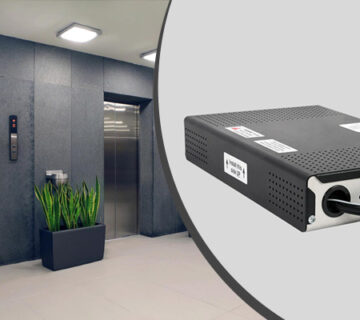India is the world’s largest importer of arms, which is why the country needs great investment. It also needs the best technology and partnership from abroad, which is why it has certain government offset policies that aim to attract foreign involvement.
Offset partnering aims to provide additional benefits to the buyer from a foreign supplier, and because defense procurement involves a substantial amount of public money, the policies ensure that at least some of it is ploughed back into the local economy. Being the largest importer of defense goods, the potential value of offset is significant, which means that if it’s all implemented correctly, the defense policy pertaining to offsets can effectively change the defense industry and boost the R&D sector.
India’s offset policy – Past & Present
First introduced as part of the Defense Procurement Procedure in 2005, the policy included the threshold for the applicability of offsets to stand at Rs. 300 crore. But later, this was increased to Rs. 2000 crore, meaning that only those foreign OEMs that win contracts worth over Rs. 2000 crores will have to plough back at least 30% of the contract value into Indian enterprises as offsets. Also, the penalty provisions clearly ensured that the responsibility of offset discharge is put on the foreign OEMs and their tier-1 vendors.
Later, in the Defense Procurement Procedure of 2016, the changes included six various ways in which foreign OEMs can discharge their offset obligations, namely –
- Direct purchase of, or execution of, export orders for the eligible products and services by Indian enterprises
- Foreign direct investment (‘FDI’) in joint ventures with Indian enterprises
- Investment in kind in terms of transfer of technology for eligible goods and services
- Investment in kind in Indian enterprises in terms of provision of equipment through the non-equity route for the manufacture and/or maintenance of eligible products and provision of eligible services (excluding transfer of technology, civil infrastructure and second-hand equipment).
- Provision of equipment and/or transfer of technology to government institutions and establishments engaged in the manufacture and/or maintenance of eligible products and provision of eligible services, including the DRDO.
- Technology acquisition by the DRDO in areas of high technology.
Introduction of defense funds
The government has introduced SEBI-regulated funds for defense and internal security. By investing in such funds, a firm’s offset obligation is considerably reduced. Further, the discharge of offsets through such a route means that foreign OEMs do not have to carry out a meticulous search for an Indian Offset Partner. Such SEBI-regulated funds can encourage the development of technology through R&D, along with giving stimulus to the defense sector of India. This system also helps the government keep proper tabs on the amount of money that foreign OEMs are investing in India, bringing complete transparency in operations.
Although some industry sectors are criticising the Indian government for effectively reducing offset obligations of foreign OEMs through the above means, the development of the defense sector in India is significantly important. And, because foreign OEMs require support and assistance from the government policies, the above-mentioned amendments proposed by the government of India will certainly help to go a long way!
To conclude,
Foreign OEMs are relied upon more than ever to meet India’s defense requirements. India needs immediate access to technologies to deploy the funds in the right manner, and become a self-sustaining military power house. Foreign OEMs are very keen to supply defense goods to the Indian government, but the problem of being unsure of how to discharge the offset obligations is what prevents them from entering the market. This is why they very carefully analyse and examine every aspect before choosing their offset partner for Indian defense.
What makes Miracle Electronics the perfect offset partner?
An Indian offset partner is required to comply with the guidelines and licensing requirements specified by the Department of Industrial Policy and Promotion as applicable. Miracle Electronics clearly complies with every such requirements, and also possesses the following traits –
- Miracle Electronics has consistent R&D, and proven industry capabilities.
- Miracle Electronics is equipped with all necessary quality certifications including AS 9100D, ISO 13485:2016, ISO 9001:2015, Conformity for CE Marking, UL recognition for Insulation system for Transformers, UL recognition for Wire Harness & Cable Assemblies (Looms), CE Compliance, RoHS Compliance, and REACH Compliance.
- Miracle Electronics has extensive experience in preparing monthly offset reports in the stipulated format.
- Miracle Electronics can bring cost savings by integrating main and offset programmes for cost efficiency.
All of these traits, combined with Miracle Electronics’ complete adherence to offset obligations, is what makes us the ideal offset partner for Indian defense!




